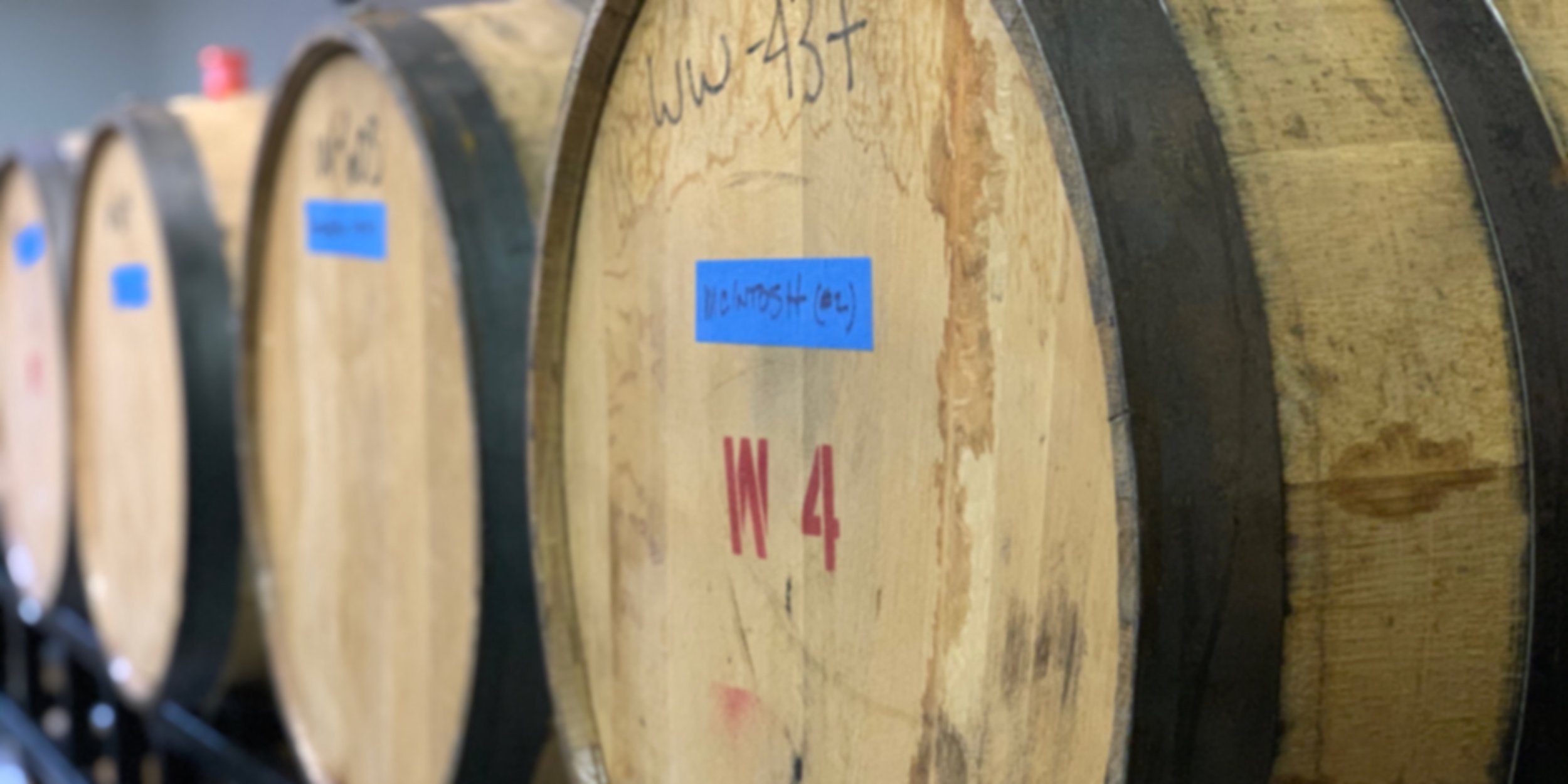
Maker Notes
Research and development (but with cider!)
Why notes?
Taste, of course, is a highly subjective thing. But cider making is an art and a science. Cider apples have unique flavor characteristics - which for nerds like us - are worth noting, helping expand our appreciation and enjoyment of each cultivar. Tasting notes can also identify how apples respond to growing conditions – helping us make better, more delicious choices in how and where to grow varietals. This library details nearly every cider we’ve made since 2019, using a common “spider chart” format ranking 18 criteria ranging from basics like sweetness, tartness and astringency to how each cider recalls other fruit and spice categories. Members of our Core Club receive copies of these with each shipment, along with a crib sheet providing background on how we define our criteria - making it easy and fun for fans to compare their experiences with ours.
Use the search tools below to explore the archive, noting batch numbering for each release, wherein the first digit(s) represent product sequence followed by abbreviated year of release. Above all, enjoy cider!
Crimson Gold
Reserve Series | Batch C.24
A main ingredient in our Sixpenny cider, Crimson Gold (a.k.a. Little Rosy-bloom) is a close cousin to the famous Wickson crabapple. This example presents quince, pineapple, green grape and apricot notes, soft tannins and creamy, honeysuckle overtones. Could it pass as a dry white wine (Albariño, perhaps)? We think so.
Core Club 2024 Q1 Selection
Gold Rush
Reserve Series | Batch B.24
A relatively new American apple (Golden Delicious, Winesap and Siberian Crab parentage), Gold Rush apples exemplify what heirloom fruit can offer. Low on tannins, but with a rich, diverse profile including pear, pineapple, lemon curd and cling peach – topped by a spicy, white pepper finish!
Core Club 2024 Q1 Selection
Stoke Red
Reserve Series | Batch A.24
First discovered in Rodney Stoke, a village three miles from Cheddar UK, this bittersharp apple is favored in traditional blends. Perhaps the most intensely tannic cider we've made, it offers quince, Mandarin orange, citrus rind and apple peel notes, backed with a pronounced oakiness from 18-month barrel aging.
Core Club 2024 Q1 Selection
Lafayette
Reserve Series | Batch 10.23
Our latest French-style cider – featuring American varietals including Harrison, Franklin and McIntosh. Keeving stalls fermentation before complete dryness, expressing deeper, more complex fruit and microflora notes. Ripe tropical fruit, cling peach, caramel and crème brûlée flavors.
Core Club 2023 Q4 Selection
Franklin Apple
Reserve Series | Batch 9.23
Discovered in 2008 in northern Vermont, the Franklin apple is a rare American “bittersharp,” offering substantial tannins that provide greater body and mouthfeel. Uniquely balanced profile, leaning to Mandarin orange, caramel, date and mace notes. We’re excited by this one - an American Kingston Black?
Core Club 2023 Q4 Selection
Golden Russet
Reserve Series | Batch 8.23
Golden Russets may resemble potatoes (due to their bronze-hued, russeted skins), but they’re one of America’s best cider apples. Here's an example from our friends at Century Steep Orchards, offering a more subtle version of our mainline GR – with notes of jackfruit, ripe pear, butterscotch and nutmeg.
Core Club 2023 Q4 Selection
Lafayette Non
Reserve Series | Batch 4.23
Just for fun, we used the same apple blend as our 2.23 Lafayette but sans the keeving process, fermenting to fully dry. Here, floral and bittersweet apple aromas lead ripe/baked pear, creamy custard, white grape and spice and flavors.
Core Club 2023 Q2 Selection
Dabinett
Reserve Series | Batch 3.23
Dabinett apples have been a favorite cider varietal since their discovery in Somerset, UK. Apple peel and bruised citrus aromas open for ripe apple and black cherry flavors, with a mildly spicy, tannic finish. The red wine of ciders?
Core Club 2023 Q2 Selection
